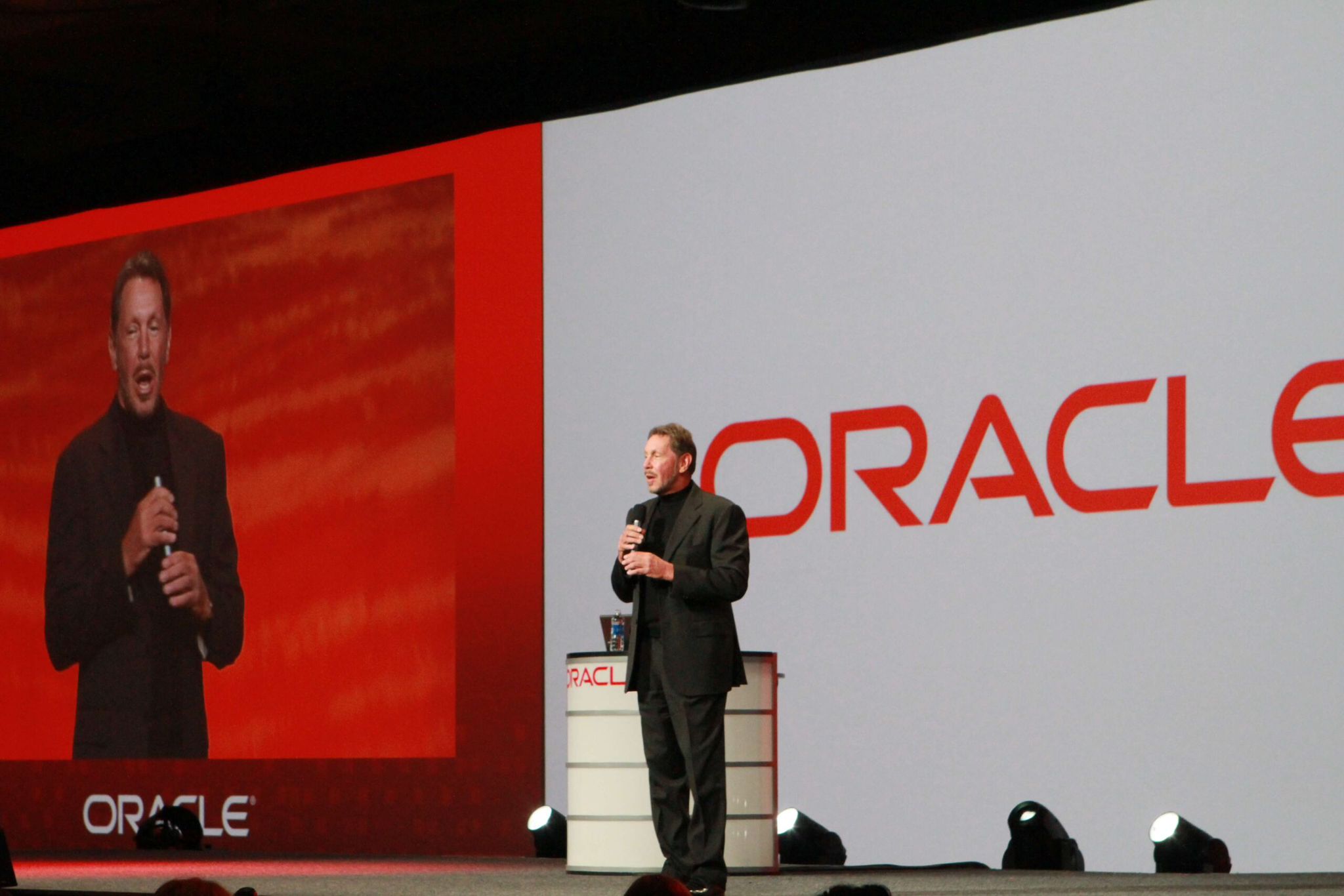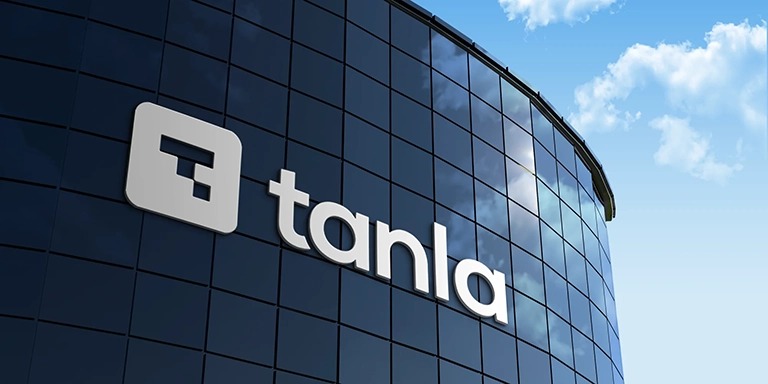
Follow WOWNEWS 24x7 on:

Key Highlights
• Larry Ellison engineered a dramatic twist in Oracle’s history by quietly increasing his personal share of the company through massive stock buybacks, boosting his stake from 27% to 43% since 2010.
• This unadvertised strategy, powered by a $155 billion buyback program, skyrocketed Ellison’s net worth and consolidated extraordinary power—transforming him into the world’s second richest person by 2025.
• Ellison’s approach wasn’t just about wealth; it was a strategic move that reasserted Oracle’s dominance in cloud, enterprise software, and—the latest boom—artificial intelligence.
The Quiet Coup: Stock Buybacks and Unrivaled Control
Unlike most Silicon Valley icons who cash out, diversify, and step back, Larry Ellison took a sharply different tack. Beginning in 2011, Oracle started aggressively repurchasing its own shares, ultimately spending $155 billion to shrink the total outstanding shares from 5 billion to under 3 billion. Ellison, by simply holding tight and not selling—not even as Oracle’s share price soared—steadily grew his portion of the company.
As the pie shrank, his slice expanded. From a 27% founder’s share, Ellison’s ownership quietly climbed to 43% over 15 years. This allowed him to:
• Dramatically grow his personal net worth—from $24 billion in 2011 to more than $190 billion in 2025.
• Wield outsize influence over Oracle’s future direction, culture, and major decisions, far more than tech peers like Jeff Bezos or Mark Zuckerberg at their respective companies.
• Retain an iron grip on strategy, innovation, and dealmaking, positioning Oracle as a self-reinforcing tech powerhouse just as the cloud and AI revolutions hit stride.
A Ruthless, Strategic Legacy
Ellison’s move embodied the competitive ruthlessness that defined his leadership. He famously engineered or survived hostile takeovers (like the bruising PeopleSoft saga), bested rivals in legal and technical battles, and even hired investigators to uncover competitors’ secrets. Yet the stock buyback maneuver was subtler—leveraged behind the scenes, with none of the headline drama of Oracle’s past confrontations.
It wasn’t only financial engineering. With Oracle’s aggressive pivot into cloud infrastructure and its radical bet on AI-powered enterprise solutions, Ellison made sure Oracle stayed relevant. As competitors like IBM and SAP faltered or chased trends, Oracle locked in long-term government and business contracts, with Ellison at the helm, guiding product strategy and innovation.
Shocking Silicon Valley’s Old Guard
Few anticipated the scale and stealth of Ellison’s accumulation. While the Bay Area watched newer giants rise, Ellison was quietly fortifying Oracle’s position through buybacks and vertical integration, embedding Oracle software and infrastructure so deeply within enterprises that migrating away became nearly impossible. His style drew admiration for its brilliance and criticism for its aggression, making Larry Ellison both feared and respected.
AI—The New Oracle Edge
In the last two years, Oracle’s relentless push into artificial intelligence has made headlines. Under Ellison’s direction, the company secured gigantic AI cloud deals, like the July 2025 OpenAI contract to supply nearly five gigawatts of data center capacity. These mega-partnerships triggered Oracle’s share price—and Ellison’s net worth—to surge again, cementing his reputation as a master strategist who can turn Silicon Valley tides at will.
Conclusion
Larry Ellison’s legacy isn’t just about building Oracle; it’s about mastering the long game. His buyback-fueled power play is the ultimate example of how silent, patient, and even ruthless moves can permanently reshape a company—and the entire tech world. As AI and cloud define the next era, Ellison remains at Oracle’s center, the architect of both its fortune and its formidable future.
Sources: Not Boring, LinkedIn, Economic Times, MoneyWeek, Le Monde






